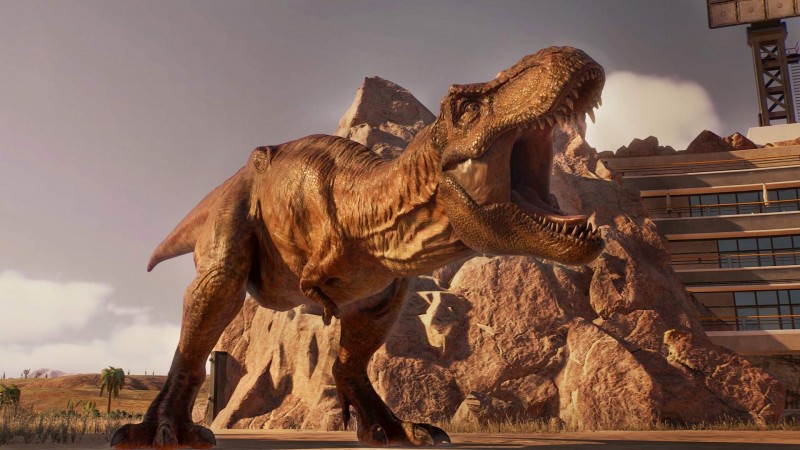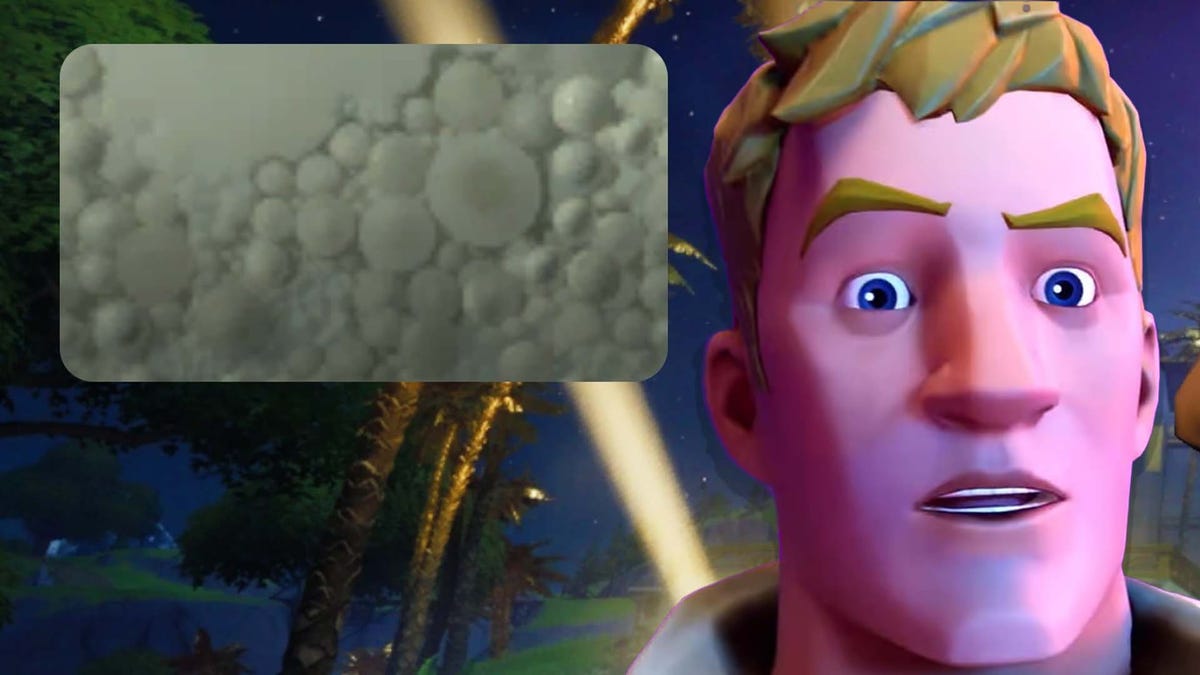Dr. Wu is Dr. Jurassic World’s Frankenstein – a mad scientist who creates new life by piecing together the DNA of different dinosaurs. Its hybrids are more capable hunters, better suited to dealing with harsh climates, and are far more formidable than the Tyrannosaurs Rex. In Jurassic World Evolution 2, we see Frontier Developments approach Dr. Wu oriented. The dinosaurs players interact with become more aware of their surroundings, can find their own food, and even learn to hunt in packs. The skeletal framework that brings this simulation to life is the same as its predecessor, but everything around it is evolving or changing. These changes make the game more dynamic and challenging, but not always for the better.
Set after the events of Jurassic World: The Fallen Kingdom, Dinosaurs are now part of the United States’ ecosystem, and we are learning whether we can live with them. The player works with the Department of Fish and Wildlife to solve dinosaur problems, like pteranodons migrating too close to the Canadian border or, worse, hungry predators that pose a threat to society. This setup offers an excellent variety of maps, from snow-colored fields and arid deserts to lush forests and expansive lakes. The change of scenery creates excitement and makes the experience seem a little new again.

As wild as it is to see an allosaurus running through the snow, this campaign experience lacks bite and feels like a glorified tutorial that doesn’t last long. I enjoyed the difficulty of the Jurassic World Evolution 1 campaign and how it made the player excel at developing theme parks to reach new islands. This campaign never goes in that direction and instead focuses too much on herding dinosaurs like cattle, much like the disappointing missions in Evolution 1’s lackluster Claire’s Sanctuary DLC. Hearing Ian Malcolm (voiced again by Jeff Goldblum) utter serious and sarcastic warnings about the future is great fun, but not enough to save the experience.
The fact that the campaign doesn’t last long is a blessing as a different mode comes into the spotlight and really embraces the park building experience. This mode is called Chaos Theory, a fun “What if …?” Exploring all five Jurassic films. You’ll have the opportunity to rewrite history, starting with John Hammond reaching out to you to help build the first Jurassic Park. All of these scenarios encompass the appearance of the films, not to mention the dinosaurs. Playing through each mission is a great way to unlock dinosaurs for other modes, including the new marine and flight types that are fully fleshed out and fun.
The dinosaurs are rightly the stars of this experience. These thunder beasts are very detailed, animated in a fun way (especially when hunting), and offer decent customization through cool looking skins. They have a bit more life than the first game, and one of the best details is how to find their comfort zone within an enclosure based on the location of their food. You can now safely have a wider variety of dinosaurs in one enclosure, reducing the need to clutter the park with fences. This design is a nice touch that leaves room for other guest related goals.
The improved dinosaur realism also means you have to take care of them more – which is a minor drawback. A little fragile, each dinosaur can break bones, slit their way open, forcing you to calm them down and take them to the new medical facility. It is possible to make them more resilient through research, but the initial stages are rough when it comes to dinosaur care, especially considering how difficult it is to manage the park at this point.
Improvements in the quality of life accompany most of the gameplays and menus in park construction. Players can now speed up time whenever they want, a change that removes the frustrating wait for an ad to fill. Feeding electricity into structures is also much easier with the new generator, which supplies everything around it with electricity and does not require power lines. All design aspects are linked to another excellent addition: Scientists who you manually hire and assign tasks based on their specialist areas. One scientist can speed up egg incubation while another can cut the price of a fossil expedition. All of these elements sing together and make the game a lot better.
They also make it worse. This supposedly trouble-free generator runs on fuel that you need to top up frequently. The price for a full tank can be over $ 400,000. If you have a lot of generators (which you probably will) make sure you have a million for fuel. It’s something that you have to keep thinking about.

These brilliant scientists get tired and sleep often. It’ll cost you $ 75,000 every time they hop into bed. When the more impressive species of dinosaurs like the tyrannosaur unlocks, the scientists at your disposal may not have the expertise to hatch them, which means you’ll have to fire some and find new help.
Micromanagement gets intense and can be downright annoying when a storm approaches and you suddenly have dinosaurs in front of your enclosures, power outages, dinosaurs with broken bones and finances in the toilet. Diseases are also rampant and can cause headaches. Sections of the game can feel like you’re plugging holes at a time. Making money to keep things afloat can be challenging, but tackling these issues leads to research options that reduce frustrations. If you stick with it, the overall experience will get better over time.
For example, the player can explore energy enhancements, which, in a strange twist, are the classic power plants and power lines from the first game. It’s almost like Frontier realized that gamers wouldn’t like the generators and offered the old solution as a fallback. Other options include finding more dinosaur fossils, additional skill points for scientists (which is a game changer), and more attractions for guests. You’ll need to earn most of these boosts by increasing your park’s star level.

The park construction process is identical in terms of the flow of the game, but offers a higher degree of customization. The exterior of any shop can be completely designed, right down to the architecture, color scheme and props. The setting can also contain a variety of decorations, such as outdoor seating for a restaurant or fun dinosaur-themed like a giant skull. Each of these facilities offers a variety of indoor attractions that attract different types of guests. You will make money over your fist if you play your cards right, but there will undoubtedly be frustrating sections along the way.
Jurassic World Evolution 2 takes as many big steps forward as it does back, but it has enough stuff to make it a fun and rewarding amusement park experience. Like its predecessor, the sandbox mode is the most fun and this game path combines everything the player has unlocked while removing all encumbrances. Collecting each dinosaur takes time and effort, but it’s well worth it, especially since you can experiment to see what happens when all of the dinosaurs roam freely in the same room.








